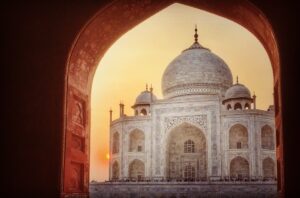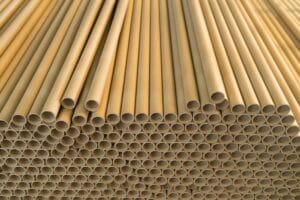Explore how architect Shigeru Ban uses paper tubes to design innovative, sustainable disaster relief structures, providing shelter to communities in crisis.
Introduction
When disaster strikes, the need for quick, sustainable, and affordable shelter becomes urgent. Japanese architect Shigeru Ban has become a leader in this area by creating innovative designs focused on disaster relief. His unique use of paper tubes—an eco-friendly and low-cost material—has redefined how architects can respond to crises, offering communities shelters that are both functional and respectful of their dignity.
Why Paper Tubes for Disaster Relief?
After seeing the destruction caused by natural disasters worldwide, Ban wanted to create temporary and affordable shelters for people who were displaced. He found his solution in paper tubes—lightweight, recyclable, and surprisingly durable materials. These tubes, usually made from recycled cardboard, are easy to access and can be used to quickly build structures in emergency situations. Additionally, they provide a sustainable alternative to traditional building materials.
Ban’s designs are not only practical but also honor the dignity of those who live in them. His approach ensures that the shelters are visually appealing while providing a sense of stability in chaotic environments.
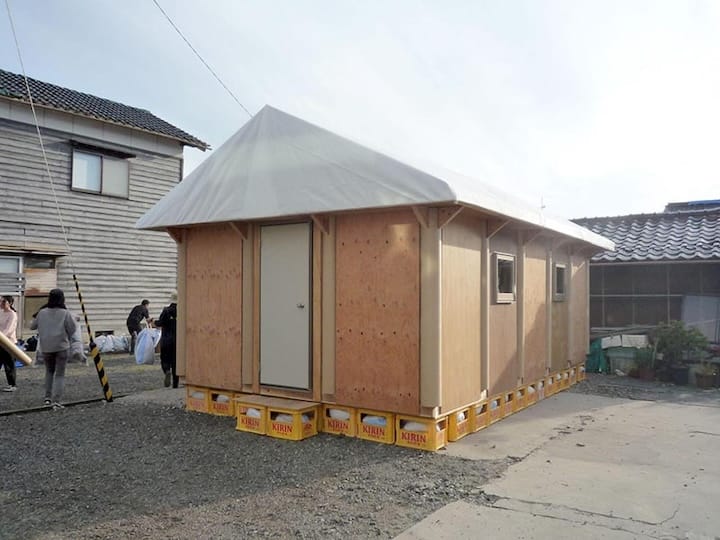
Notable Disaster Relief Projects by Shigeru Ban
1. Paper Log House (1995) – Kobe, Japan
One of Ban’s first projects in disaster relief architecture was the Paper Log House, developed after the 1995 Kobe earthquake. He recognized the need for affordable and easy-to-build shelters, so he designed homes with paper tubes for the walls, sandbags for the foundation, and plastic sheeting for the roof.
Additionally, this design was meant to be built by the victims themselves, encouraging a sense of community and self-reliance. As a result, this model of shelter has since been adapted in disaster zones around the world.
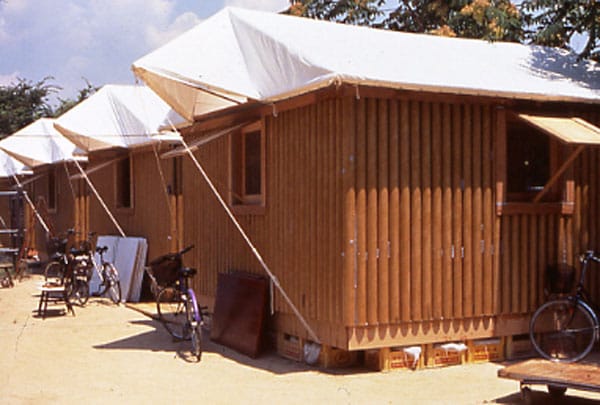
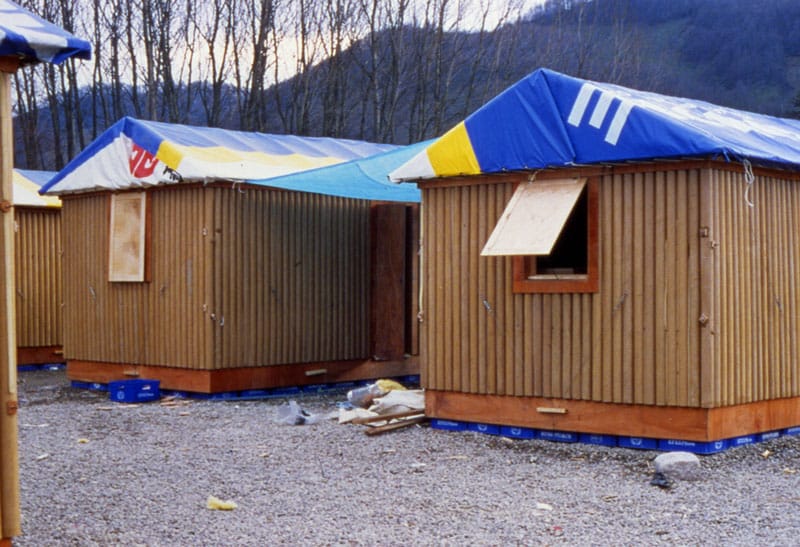
2. Paper Log House (2000) – Turkey
Following the 1999 Izmit earthquake in Turkey, Ban applied his Paper Log House design to help displaced communities. Specifically, he adjusted the design for the local climate by using beer crates and paper tubes for the structure. Consequently, the simplicity and affordability of these materials allowed for rapid deployment and construction, thereby helping hundreds of people find refuge after the disaster.
3. Paper Log House (2001) – India
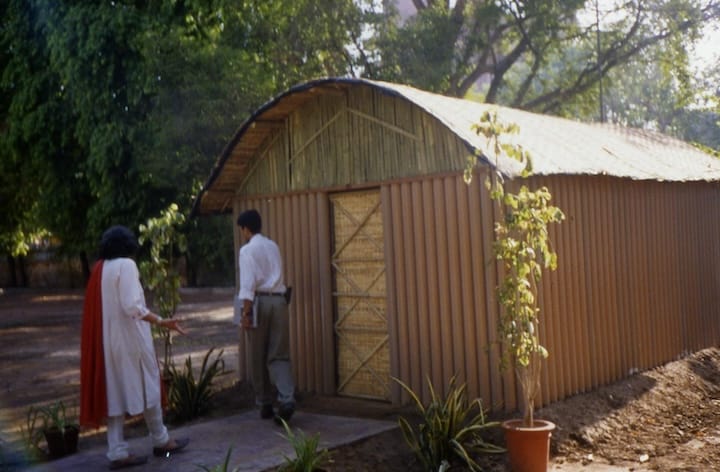
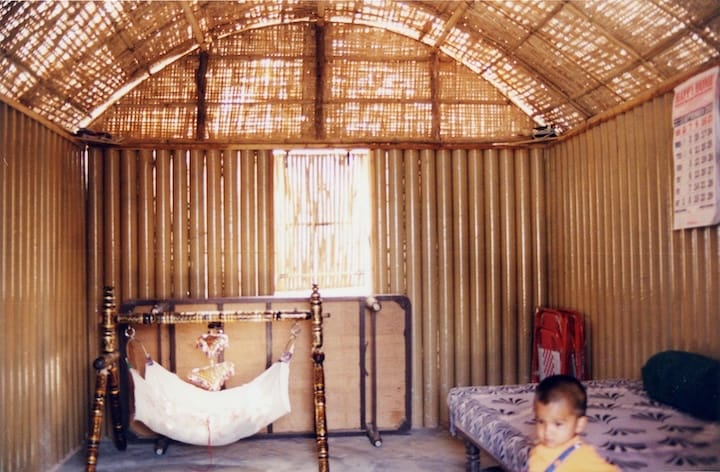
In 2001, Ban brought his paper log architecture to India after a devastating earthquake. Building on his previous designs, Ban adapted the structures to suit the specific needs of the local community and climate. As a result, this project further demonstrated the flexibility of paper tube construction and its relevance in diverse environments.
4. Cardboard Cathedral (2013) – Christchurch, New Zealand
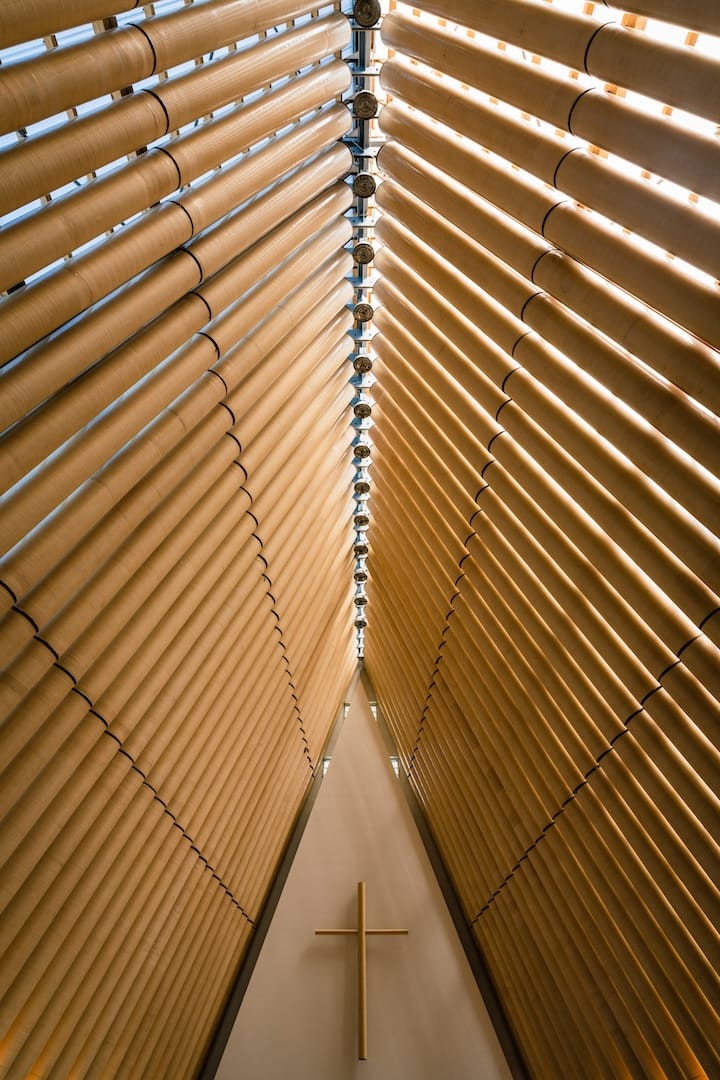
After the 2011 Christchurch earthquake, which destroyed the city’s cathedral, Ban designed the Cardboard Cathedral as a temporary replacement. Specifically, this A-frame structure used 96 paper tubes, along with a polycarbonate roof and concrete foundations. Although initially intended as a temporary solution, the Cardboard Cathedral has since become a significant landmark in Christchurch, symbolizing resilience and recovery. Furthermore, it serves as a prime example of how Ban’s humanitarian designs offer both function and symbolism, providing emotional as well as physical shelter.
5. Nepal Earthquake Relief (2015) – Nepal

Following the 2015 earthquake in Nepal, Ban launched a project to build temporary shelters. These shelters using local materials like rubble and timber wooden frames. These structures were simple to construct, relying on locally sourced resources, making the solution both practical and environmentally friendly. Ban’s Nepal shelters demonstrated the adaptability of his designs and how they could work in combination with local traditions and needs.
Impact of Ban’s Disaster Relief Architecture
Shigeru Ban’s work in disaster relief has had a profound impact on the architectural community and humanitarian efforts. His designs are notable for their:
- Simplicity and Accessibility: The materials used—paper tubes, plastic sheets, sandbags—are widely available and can be assembled by non-professionals; thus, enabling disaster survivors to participate in rebuilding their own communities.
- Cost-Effectiveness: Using recycled and local materials keeps costs low; therefore, his designs become a feasible option for large-scale disaster responses.
- Sustainability: Ban’s use of recycled paper and minimal environmental impact aligns with sustainable architecture principles, demonstrating that disaster relief does not need to compromise the environment.
- Dignity in Design:Ban believes that even temporary shelters should offer a sense of comfort and dignity. Moreover, his designs are not only functional but also aesthetically appealing, offering disaster victims more than just basic shelter—they offer hope.
Shigeru Ban’s work with paper tube architecture has redefined what it means to provide disaster relief. His innovative approach—using simple, sustainable materials to create quick, cost-effective shelters—continues to inspire architects and humanitarian organizations worldwide. Furthermore, whether in Japan, Turkey, or New Zealand, Ban’s projects demonstrate how thoughtful architecture can play a vital role in helping communities recover from tragedy.


